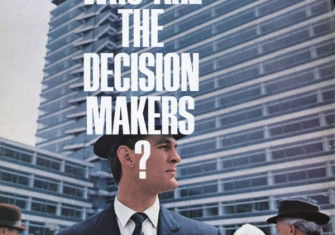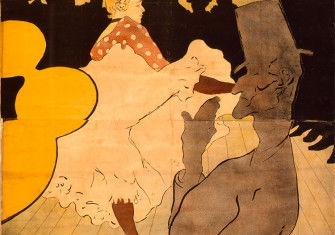Edward Bernays: The Original Influencer
An uncanny ability to mould public desire made Edward Bernays one of the 20th century’s most influential – yet invisible – characters, the architect of modern mass manipulation.
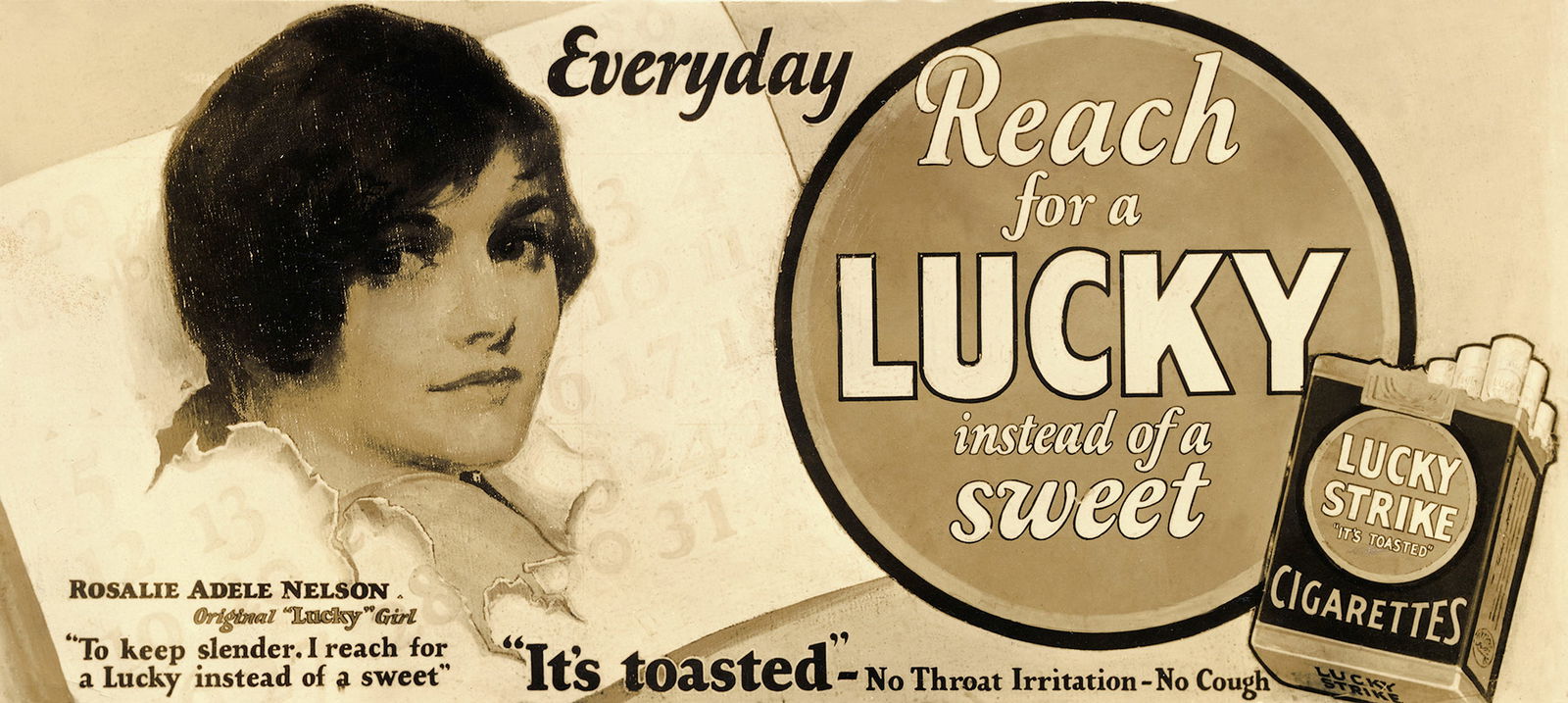
Advertisement for Lucky Strike cigarettes, 1930.
Edward L. Bernays is regarded as one of the fathers of public relations. Although he died more than two decades ago, his influence pervades modern western consumer culture.
‘Group of Girls Puff at Cigarettes as a Gesture of “Freedom”’, read the front page of the New York Times on April 1st, 1929. It was no April Fools’ joke; rather, this spectacle of liberated, smoking women was one of Bernays’ most celebrated publicity stunts.
Bernays’ client, George W. Hill, president of the American Tobacco Company, had asked him: ‘How can we get women to smoke on the street. They’re smoking indoors. But, damn it, if they spend half the time outdoors and we can get ’em to smoke outdoors, we’ll damn near double our female market. Do something. Act!’
Bernays began to ponder. How best to employ the theories which had already proven so effective in his public relations campaigns: Gustave Le Bon’s principles of mass psychology, Wilfred Trotter’s herd instinct theses and, above all, the hidden drives of human beings that Sigmund Freud – Bernays’ ‘Uncle Sigi’ in Vienna – spoke about? Bernays needed advice and consulted the psychiatrist A.A. Brill, who had been one of Freud’s pupils. ‘What’, he asked Brill, ‘is the psychological basis for a woman’s desire to smoke?’ ‘Cigarettes which are equated with men’, came the reply, ‘become torches of freedom.’ That was Bernays’ inspiration. His campaign? To get young feminists to light up cigarettes – torches of freedom – in public as an act of emancipation during New York’s Easter Parade. This, he believed, would make its way into the nation’s newspapers.
Before that, however, he still had to take care of a crucial issue: to give instructions to Bertha Hunt. She was Bernays’ secretary, but at his behest she was to forget that for a few days. She had to pass herself off as a women’s rights advocate and drum up comrades-in-arms for the ‘feminist torches of freedom campaign’; no inference to American Tobacco was to be permitted.
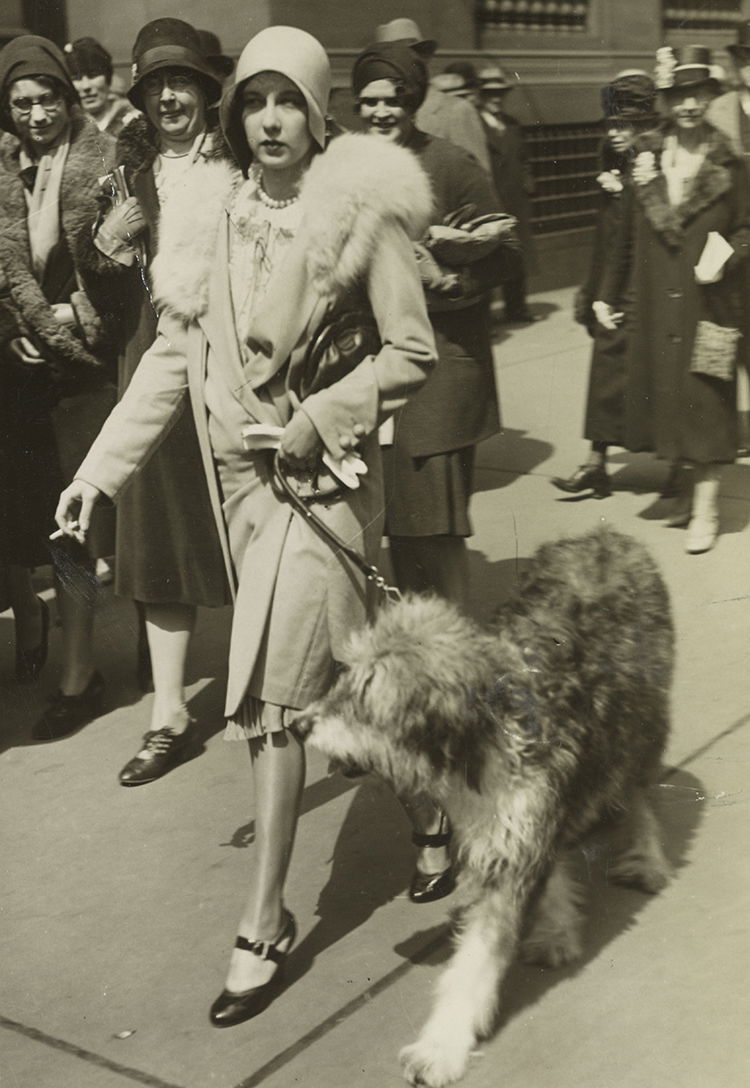
‘In the interests of equality of the sexes and to fight another sex taboo I and other young women will light another torch of freedom by smoking cigarettes while strolling on Fifth Avenue Easter Sunday.’ These were the first lines of the telegram – signed by Bertha Hunt – which was sent to selected American debutantes.
March 31st, 1929 was the day Bernays had set aside for his campaign. He himself was not in attendance, but would later be informed of how a group of ten young women, walking up and down Fifth Avenue, contentedly lit up cigarette after cigarette, while Bertha Hunt fulfilled her role professionally as the purported initiator of the campaign. When a reporter from the New York World approached Hunt to ask how she had arrived at the idea of a women’s smoking march, she answered that ‘she first got the idea for this campaign when a man with her in the street asked her to extinguish her cigaret [sic] as it embarrassed him. “I talked it over with my friends, and we decided it was high time something was done about the situation”.’
In their coverage of New York’s Easter Parade, scores of US newspapers reported the story of the young women and their ‘torches of freedom’. While some correctly suspected a publicity stunt or stated that the smokers had not attracted much attention, others presented it as a campaign of emancipated women. Neither Bernays nor American Tobacco were ever mentioned by name in the press reports; their camouflage remained intact.
The ‘Torches of Freedom’ campaign became a legendary milestone in the history of public relations, still cited in marketing textbooks, which claimed that it caused a national debate and prompted emancipated women to smoke in public. These claims, however, stand on shaky ground. Vanessa Murphree from the University of Southern Mississippi presented an analysis in September 2015 of the 1929 media reports and provided substantial evidence that the original reception of the campaign was a Bernays-driven myth: there was significant media coverage, but it was by no means as celebratory or as influential on women’s smoking habits as we have been led to believe.
Bernays’ methods, however, opened a new chapter in public relations, a profession that he and others pioneered in the 1920s. Bernays was not the first man in the field. There were a handful of others before and beside him, notably his great rival Ivy Lee. Bernays, however, may have had the greatest impact. He bolstered the new profession with theory, gave it a philosophical framework and processed the findings of the blossoming psychological disciplines by coming up with new methods of manipulating the public. Although practically invisible to the outside world, Bernays became an influential architect of modern mass persuasion techniques, which continue to inspire the PR industry. Harold Burson, CEO of Burson-Marsteller, one of the world’s largest PR enterprises, was quoted in the 1990s as saying: ‘We’re still singing off the hymn book that Bernays gave us.’
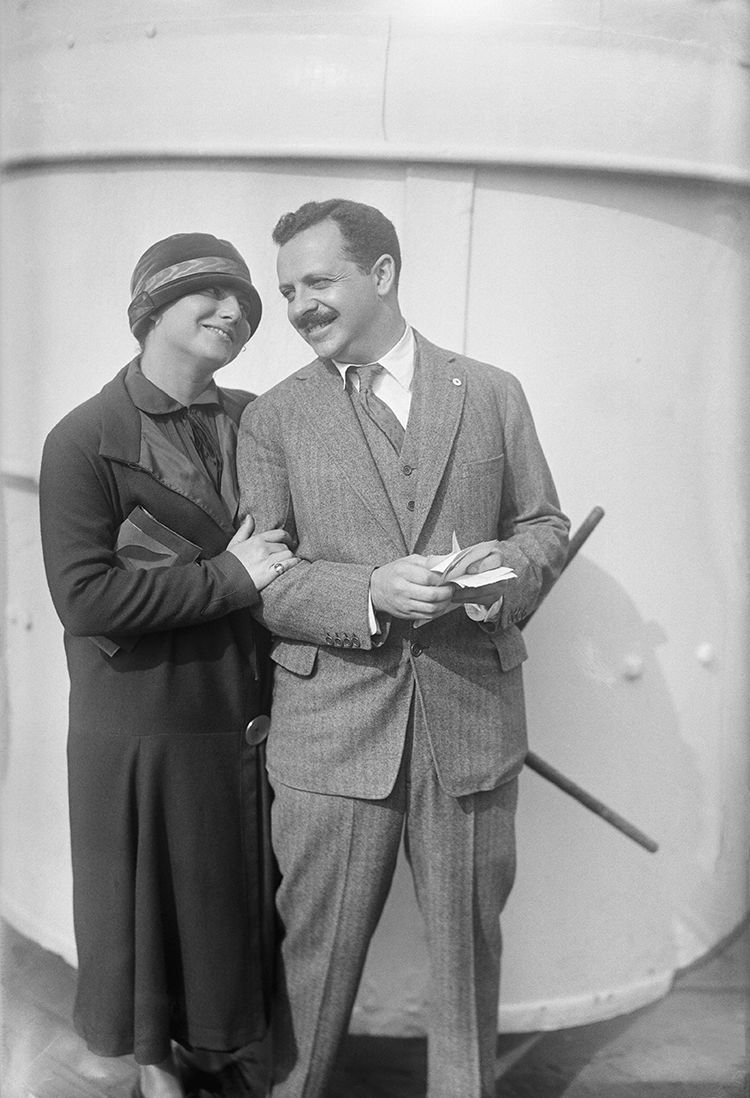
Bernays was related to Sigmund Freud on two sides: Freud’s sister Anna was Bernays’ mother and his father Ely, a grain merchant, was the brother of Freud’s wife Martha. Bernays was born in Vienna in 1891 and emigrated to the US with his parents a year later. He was to die on March 9th, 1995 at the age of 103 in Massachusetts. Another member of the Freud family followed in his footsteps: Matthew Freud, who is considered one of Britain’s most successful PR men.
Influenced by his famous uncle, with whom he corresponded regularly, Bernays got to understand the power of the unconscious, of universal longings, of emotions and instinct. He exploited them for whatever he had to sell: artificial flowers, racehorses, gramophones, politicians, ideologies. No matter what it was, he often worked according to a certain dramaturgy, which his biographer Larry Tye described thus: ‘He generated events, the events generated news, and the news generated a demand for whatever he happened to be selling.’ In Bernays’ eyes, generating events was one of if not the most important task of a PR adviser. He himself labelled it as the ‘creation of circumstances’, the staging of apparently spontaneous events to influence people’s behaviour, according to the wishes of the clients. This was genuinely innovative, because until then business advertising was relatively straightforward: extolling the product and its functional advantages. Bernays, by contrast, aimed at the unconscious and trusted in the indirect method. ‘It’s like shooting billiards’, he once pointed out, ‘where you bounce the ball off cushions, as opposed to pool, where you aim directly for the pockets.’
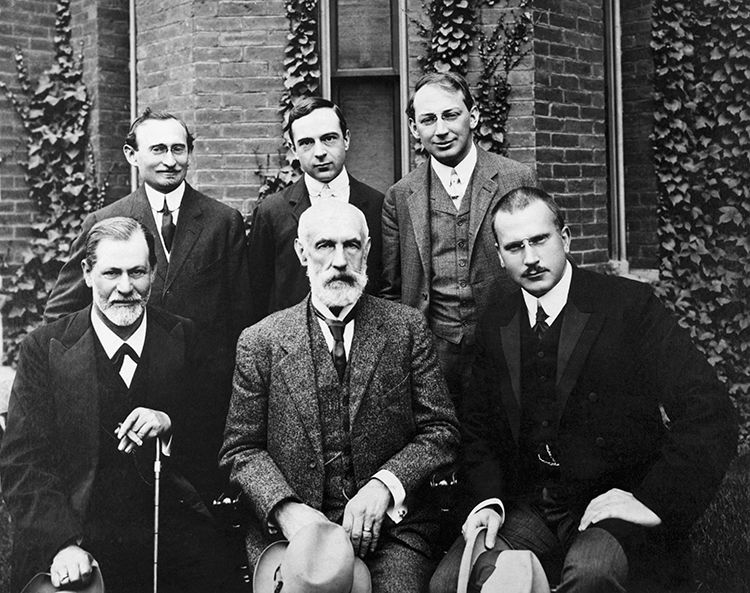
Influenced by the principles of Gustave Le Bon’s mass psychology, Bernays believed that human behaviour could be effectively manipulated, if purportedly independent symbolic figures were manipulated to play upon unconscious aspirations and fears: in the name of health, a hearty breakfast recommended by Dr. A.L. Goldwater or, in the name of equality, cigarettes smoked by feminists. Soon Bernays would expand this ‘third-party technique’ (employing a third, opinion-leading party as the mouthpiece for the client’s interests) using a PR tactic which at that time was novel but has since become common. He began to field ‘front groups’, that is, seemingly independent organisations which profess to support concerns of the common good: the Committee for the Study and Promotion of the Sanitary Dispensing of Foods and Drink; the Radio Institute of the Audible Arts; the Temperature Research Foundation; the Middle America Information Bureau – all seemingly innocuous associations that were, in reality, set up by Bernays solely for PR purposes.
The bosses of big corporations, such as the United Fruit Company, Proctor and Gamble or General Electric, were fascinated by Bernays’ new methods and flocked to his Manhattan-based PR company, forking out huge sums for his advice. People like him were needed. The First World War was over and a sharp recession began in 1920. One of the numerous problems for America’s magnates was the consumption of the average citizen. Many only purchased what they really needed, a behaviour which moguls wanted to change. The Wall Street banker Paul Mazur summarised this in a particularly straightforward manner: ‘We must shift America from a needs to a desires culture’, he wrote in 1927 in the Harvard Business Review. ‘People must be trained to desire, to want new things even before the old have been entirely consumed.’
Bernays claimed to understand how such methods worked. He had been experimenting with the human psyche since the 1910s, while working as a press agent on Broadway, where he persuaded US citizens to become enthusiastic about acts from Europe that had earlier left them cold, such as Russian ballet or opera performances with Enrico Caruso. However, his shift from simple publicity to strategic PR had taken place during the First World War. At that time, in his mid-20s, Bernays was working in a lowly position for the Committee on Public Information (CPI), the US war propaganda agency. He was fascinated by how the CPI succeeded in gearing up Americans to take part in the war. Within a short time their initial rejection had turned into an irrational enthusiasm for war. Bernays realised, as he recalled decades later: ‘If this [propaganda] can be used for war, it can be used for peace.’
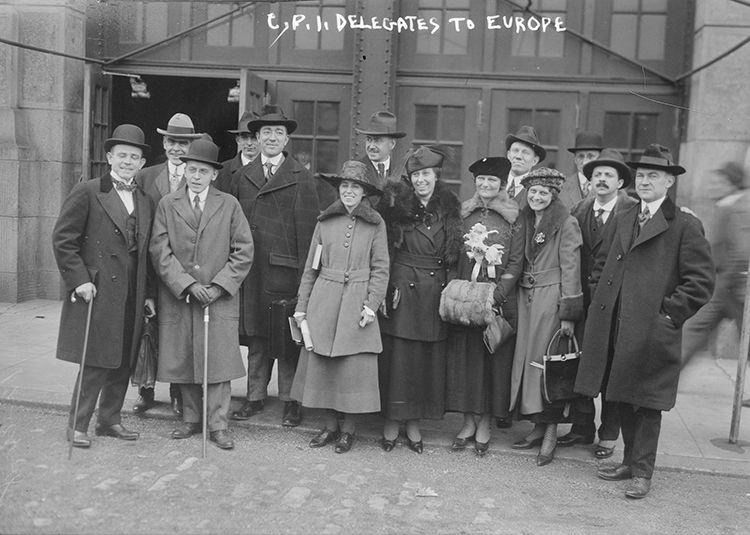
Short of stature, with a thick black moustache, Bernays was one of the fledgling PR industry’s most controversial figures. He was considered vain, obtrusive and arrogant. It was said that he referred to his secretaries as ‘Little Miss Nitwits’ and that the word ‘failure’ was missing from his vocabulary (despite numerous setbacks). Above all, he was someone who never lost an opportunity to beat his own drum and who presented himself all too readily as ‘the father of public relations’. Just as Bernays avoided his colleagues, so he too was avoided. The PR historian Scott M. Cutlip, for instance, in his book The Unseen Power: Public Relations, tells of a group of influential PR men in the 1930s who imposed a golden rule for their meetings: that nobody was allowed to mention the name Edward L. Bernays. If it happened, a 25-cent penalty had to be paid; at the end of the year they bought a round of drinks with the money.
Bernays cared little about all of this. He devoted himself to his life’s work: the planning of campaigns. He never made any secret about his passion for propaganda, characterising himself as a ‘propagandist for propaganda’, even attempting to rehabilitate the word after the First World War gave it a negative connotation. The only compromise he had been willing to make was to omit ‘propaganda’ from his job title and to simply call himself Counsel on Public Relations. But when writing his book, he could not help calling a spade a spade. ‘Propaganda will never die out’, wrote the then-37-year-old Bernays. ‘Intelligent men must realize that propaganda is the modern instrument by which they can fight for productive ends and help to bring order out of chaos.’ This was the last sentence of his book that he titled, to nobody’s surprise, Propaganda.
Sigmund Freud would later congratulate him on his ‘clear, clever and comprehensible book’. Freud could not have anticipated that his nephew – a Jew like him – may have also inspired Nazi propaganda minister Joseph Goebbels some years later. According to Bernays’ own account he was informed by Karl von Wiegand, foreign correspondent of the Hearst newspapers, that in 1933 Goebbels was using his PR classic Crystallizing Public Opinion ‘as a basis for his destructive campaign against the Jews of Germany’. Bernays commented on this in his 1965 autobiography: ‘This shocked me, but I knew any human activity can be used for social purposes or misused for antisocial ones.’ Bernays frequently produced campaigns for charities free of charge, for example, that of the National Multiple Sclerosis Society. Bernays’ first piece of advice to Sylvia Lawry, the then chairperson was that: ‘The name Multiple Sclerosis is too difficult for the public. Shorten it to the initials MS.’ It was a recommendation the wisdom of which remains true to this day.
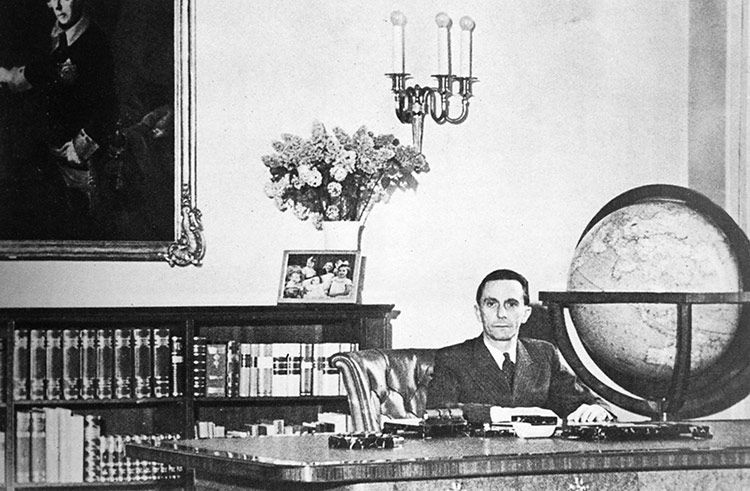
Yet Bernays had an even larger vision of public relations, one that extended beyond the narrow bounds of marketing campaigns. For him, PR was the instrument to guarantee a smoothly functioning society. Since ‘the masses’ – according to Bernays – are incapable of making rational decisions, ‘the conscious and intelligent manipulation of the organized habits and opinions of the masses is an important element in democratic society’. His daughter, the novelist Anne Bernays, speaking in a 2002 BBC documentary, recalled: ‘Democracy to my father was a wonderful concept, but I don’t think he felt that all those publics out there had reliable judgment.’
This stance was typical of the sentiment of America’s elite of the 1920s: they believed, because of the propaganda experiences of the First World War, that the public was profoundly irrational and, ergo, dangerous and had to be controlled. Without violence, decision-makers were dependent on the public and its approval and this now seemed controllable. If cigarettes, bacon and gramophones could be sold to the people, so could opinions, ideologies or politicians. To Bernays, one was like the other: goods without inner value that had to be sold. He called this selling technique the ‘engineering of consent’, that is, the manufacturing of public approval: in Bernays’ words, ‘the very essence of the democratic process, the freedom to persuade and suggest’. Harold Lasswell, one of the leading US political scientists of his day, wrote in 1927 of ‘the collapse of the traditional species of democratic romanticism’ and described the increasingly powerful public opinion-moulding apparatus: ‘If the mass will be free of chains of iron, it must accept its chains of silver.’
These were the years of the birth of modern political PR. Bernays’ methodology would soon be part of its stock equipment and inspire future generations, resulting in the events of a campaign which went down as a dark chapter in the more recent history of the industry. In October 1990 on Capitol Hill, a 15-year-old Kuwaiti girl named ‘Nayirah’ stated in a public hearing of the Congressional Human Rights Caucus that, while volunteering in a Kuwaiti hospital, she saw Iraqi soldiers take babies out of their incubators, leaving them ‘on the cold floor to die’. More than 700 TV stations broadcast the appearance of ‘Nurse Nayirah’, which shocked the US public and finally convinced it to take military action against Saddam Hussein’s Iraq.
Three months later Operation Desert Storm began. There was only one problem: the incubator story was not true and the 15-year-old ‘nurse’ turned out to be the daughter of the Kuwaiti ambassador to the US. This, however, did not come out until after the war was over when, in January 1992, it became known that the New York PR firm, Hill and Knowlton, was behind the story. Hill and Knowlton’s client was the front group Citizens for a Free Kuwait, an organisation funded by the Kuwaiti government in exile. It wanted to convince the US public to strike against Iraq and did so. This was what was meant by the ‘engineering of consent’.
Bernays – aged 100 and still active at this point – was not involved in this PR campaign, but he would have recognised it as such, since it was very much a replica of his own campaigns: exploiting an emotion (in this case fear) by means of a credible symbolic figure (the 15-year-old nurse) and placing it in an apparently natural event (her appearance in Congress), because ‘it is the overt act that makes news, and news in turn shapes the attitudes and actions of people’.
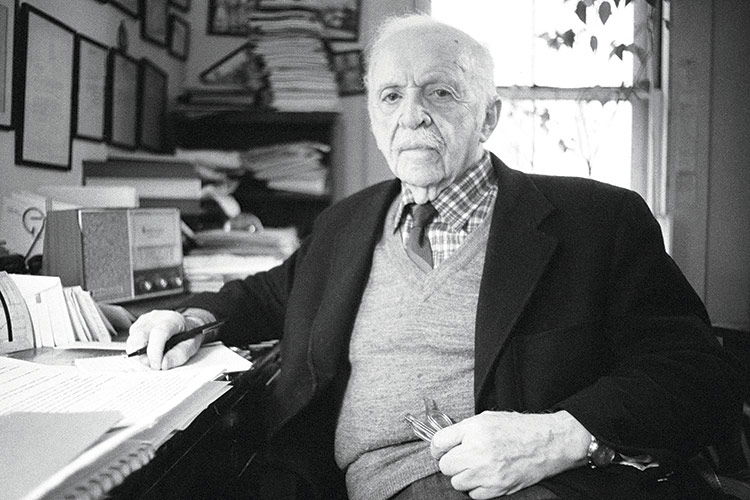
Bernays’ career spanned a period of more than 80 years, eight decades in which his ideas changed the texture of modern western societies. The essence of reality itself had begun to alter: what is an authentic event and what is merely an apparently authentic one? What is information and what is manipulation disguised as information? Successive generations of public relations practitioners have extended Bernays’ legacy. Authentic posts on the Internet are indistinguishable from those subverted by companies and independent political blogs are intermingled with those that are paid for. Allegedly, scientific studies are passed on to journalists via news agencies, but they represent both real science and commercial interest. ‘If anything, the 21st century has witnessed the encroachment of Bernays’ ideas into every crevice of our lives’, concludes the historian Stuart Ewen in his introduction to Bernays’ classic text Crystallizing Public Opinion. Though still virtually unknown by the public, Bernays was in 1990 chosen by the US magazine LIFE as one of the 100 most important Americans of the 20th century.
Some have claimed that his wife and business partner, Doris E. Fleischman, played a decisive role in his success, a fact that Bernays downplayed. Meanwhile, the controversy that surrounded him did not abate until he had outlived all of his competitors. In his later years he was revered as the master of his craft. Bernays regarded himself as a member of an ‘intelligent minority’, who could steer ‘the masses’ at the push of a button. What he conveniently forgot was that it was always his clients who decided to what end the buttons were to be pushed.
Iris Mostegel is a writer based in Vienna. The article first appeared in the January 2016 issue of History Today with the title 'The Great Manipulator'.



